150 years ago, George Bizet’s Carmen premiered at the Opéra-Comique in Paris. The story of a love-entranced Spanish soldier losing his marbles over the feisty personality of a gypsy has become one of the most performed operas in history, and the principle arias, Habanera, and the Toreador Song, stand out among the tradition’s greatest and most instantly recognizable melodies. Among its most notable characteristics is the register of Carmen, the gypsy protagonist. Breaking from the tradition of female leads with the highest possible voices, Carmen is sung by a mezzo-soprano, the equivalent of a male baritone. WATCH the ballet interpretation of the famous Opera… (1875)
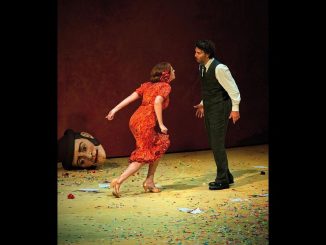
The story begins with largely light-hearted material, as the captain of the Spanish Dragoons, Don Jose, falls in love with a fiery gypsy woman who puts a folkloric spell on him. In the vice of her passion for love and life, Jose becomes extremely jealous and protective of Carmen, who values her liberty far above Jose’s love. When she meets the boisterous bullfighter Escamillo, she leaves him. In the end, Jose’s jealousy is more than he can bear, and he confronts Carmen outside of the bullfighting arena where she tells him that she sells her liberty for no man.
The opera experienced a flat reception, especially in Bizet’s native France, but it steadily grew in popularity as it was performed internationally. It was adopted by Rodion Shchedrin into a 47-minute ballet performance that he wrote for his ballerina wife. Choreographed originally by a Cuban man called Alberto Alonso, it’s known as Carmen Suite, and debuted in 1967 at the Bolshoi Ballet Theater. It remains a deeply enjoyable take on Bizet’s opera and combines Latin influences with Russian ballet.
MORE Good News on this Date:
- Anne Sullivan arrived at the home of Capt. and Mrs. Arthur Keller to become the teacher of their blind and deaf 6-year-old daughter, Helen (1887)
- J.D. Rockefeller Jr. retired from business to run his philanthropic foundation (1910)
- In the Brest-Litovsk Treaty, Russia renounced all claim to Finland, Estonia, Latvia, Lithuania, and Poland (1918)
- Mount Rushmore National Memorial was dedicated (1933)
- Roman Catholic and Lutheran officials reached the first agreement toward eventual reconciliation ending the enmity waged since the 1500s (1974)
- US millionaire Steve Fossett became the first person to fly solo, non-stop around the globe without refueling (2005)
- It took nearly 60 years, but Master Sergeant Woodrow Wilson Keeble was finally honored on this date in 2008 as the first Sioux-American to receive the Medal of Honor, the nation’s highest, for heroic actions on a Korean battlefield (2008)
8 years ago today, Nintendo released the Switch gaming console. While video games may not be everyone’s cup of tea, it was an inspiring story of the most beloved company in the industry succeeding on a moonshot of innovation. Consisting of two handheld control modules and a screen, the device, having similar dimensions to a tablet, could be played as a handheld, but it also came with a docking unit that would project what was on the small screen onto a TV, and the wireless control modules could be disconnected and used from a chair or couch. Investors, critics, and gamers all felt the potential was high, but the risk of any number of shortcomings was perhaps even higher.

With Microsoft’s Xbox and Sony’s PlayStation in long competition with Nintendo for market share, each new console release had to be able to match the features of the other two, and like this, the brands went in lockstep through the 21st century until the Switch.
With the strange hybrid experience of the Switch, few titles were available upon its release. In the lead up, stock performance was mostly bearish, and analysts believed investors felt the Switch was very risky and were unsure if the unit would draw new audiences to Nintendo. There were some positives, for example the Switch’s small footprint would suit the limited space in Japanese city apartments, and several senior developers in the gaming world thought it was a bold vision that offered a “dream” scenario of being able to seamlessly take a game outside for a walk after playing it inside and losing neither progress nor time.
Then the release came—Nintendo reported that based on its first week’s numbers, it was the company’s fastest-selling console. In Japan, first weekend sales exceeded 330,000 units, which was on par with the PlayStation 4 during its launch period. 500,000 Switch units were sold in Japan within its first month, beating out the PlayStation 4 to this figure, and continued to be strong across Europe and North America. Retailer GameStop reported that initial sales of the Switch were “phenomenal,” and Nintendo had to increase manufacturing capacity to meet demand.
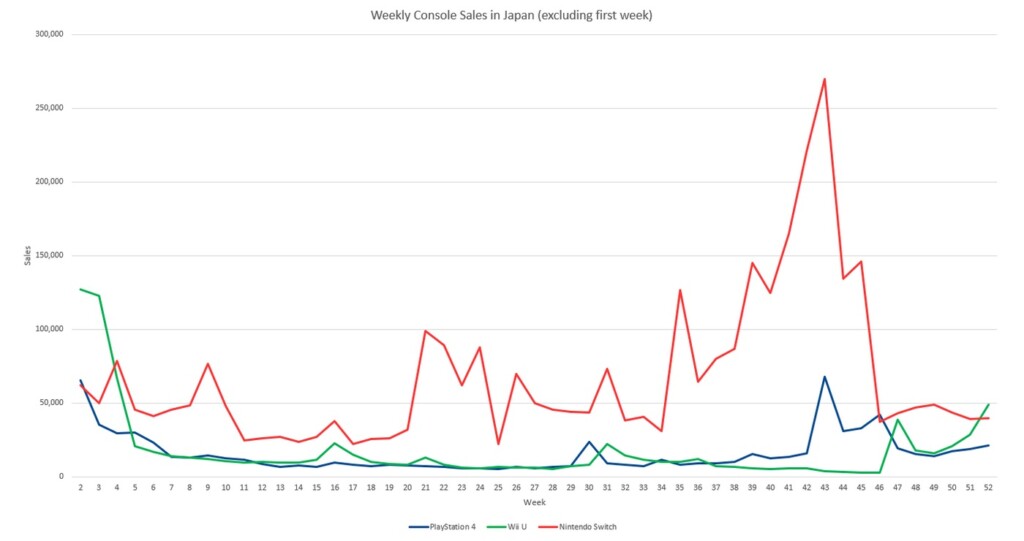
The playing statistics were almost more encouraging. Split 30% 50% 20%, the user base was utilizing the Switch how they wanted to, with some preferring handheld mode, some preferring TV mode, and 50% using both equally. One of the biggest gambles in console gaming paid off in spades, and the company recorded 8-year record earnings as a result. (2017)
102 years ago today, TIME magazine debuted having been founded by Briton Hadden and Henry R. Luce in New York City. TIME Europe is published in London, and also covers the Middle East and Africa. Editions also exist for Latin America and Asia. TIME set out to tell the news through people, and until the late 1960s, the magazine’s cover always depicted a single person.
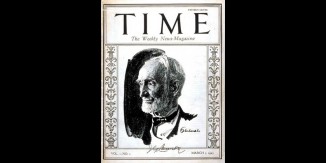
TIME developed a very distinctive writing style which came to be known as “Timestyle” and was classified as irreverent and at times acerbic. TIME’s style guidelines led to the creation of many popular neologisms like “socialite”, “guesstimate”, “televangelist”, “pundit”, and “tycoon”, as well as some less successful ones like “cinemactress” and “radiorator.” Indeed, the spell-check feature on GNN’s publishing software is telling this author to correct them because they aren’t words.
TIME’s best-known feature is probably their Person of the Year edition, which features those whose actions and fame affect the world for “good or ill” and has included people as varied as Adolf Hitler, Corazon Aquino, and Walter Chrysler. (1923)
134 years ago today, the Shoshone National Forest became the first federally-protected National Forest in the United States, and the first national forest as the concept is currently held, in the world. The Congressional act protected 2.5 million Wyoming acres—a swath with mountains and rivers that President Theodore Roosevelt once visited, inside the Yellowstone Timberland Reserve.
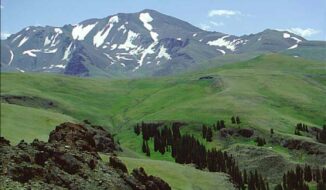
Named after the Shoshone Indians and part of the Yellowstone Ecosystem, near the city of Cody, the National Forest runs atop the Beartooth and Absaroka Mountains—including the tallest mountain in Wyoming, Gannett Peak. The original Oregon Trail wagon route is south of here and allowed travelers to bypass the rugged mountains to the north.
John Colter was the first White man known to have visited the Forest and Yellowstone region—after being on the Lewis and Clark Expedition, but eagerly seeking permission to explore on his own this inspiring landscape. Colter survived a grizzly bear attack to later present Clark with valuable information on the region, which was published 30 years later. (1891)
185 years ago today, the Nez Perce leader Chief Joseph was born. He led his Wallowa Valley tribe on a 1170-mile fighting retreat trying to reach asylum in Canada after being evicted from their Oregon ancestral lands—even after they had made concessions in a signed treaty.
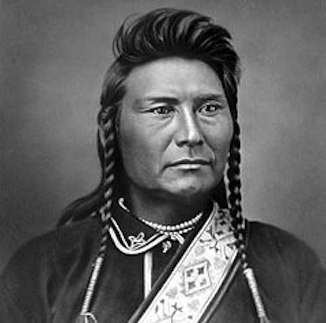
The skill with which the Nez Perce fought and the manner in which they conducted themselves in the face of incredible adversity, including caring for suffering women and children, led to widespread admiration among their military adversaries and the American public. (1840)
Happy 80th birthday to George Miller, the creator and director of the Mad Max franchise, hailed as containing some of the greatest action scenes of all time. The Greek-Australian film director, screenwriter—and former medical doctor—also created some of the sweetest films for children and families.
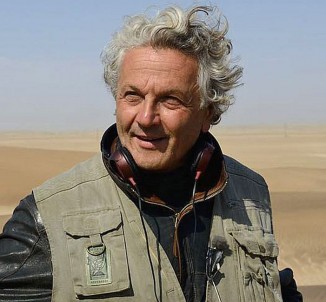
In 2006, Miller won the Academy Award for Best Animated Feature for Happy Feet. He has been nominated for five other Academy Awards: Best Original Screenplay for Lorenzo’s Oil, and Best Picture and Best Adapted Screenplay for Babe. In 2016, Mad Max Fury Road earned Miller nominations for Best Picture and Best Director and took home six Academy Awards for its excellent production quality. See all his films on Amazon. (1945)
61 years ago today, The Beatles began filming their first feature film A Hard Day’s Night at the Marylebone train station in London. The low-budget movie was filmed in near sequential order, with the first week spent on location inside a train traveling between London and Minehead. In cinéma vérité style and black-and-white, filming was completed in under seven weeks. Reviews were mostly positive, and a half-century later the film remains mostly “fresh”—and a rock and roll classic. WATCH the trailer—and hear the most famous opening chord in rock… (1964)
SHARE the Milestones, Memories, and Music…





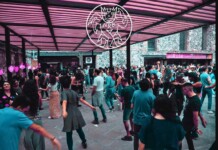














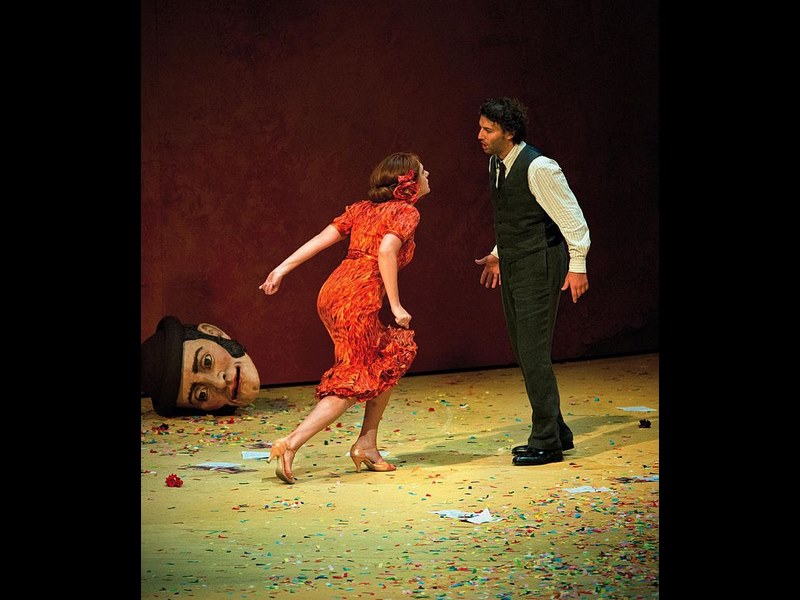
[…] https://www.goodnewsnetwork.org/events070303/ […]
[…] post Good News in History, March 3 appeared first on The Good News […]
[…] post Good News in History, March 3 appeared first on Good News […]
[…] Posted From: https://www.goodnewsnetwork.org/events070303/ […]
[…] post Good News in History, March 3 appeared first on Good News […]
[…] Source: Good News Network […]
[…] post Good News in History, March 3 appeared first on Good News […]
Easter can fall season any moment between March 22 and Apr 25. This past year it dropped quite past due as Easter Weekend was on Apr 16.